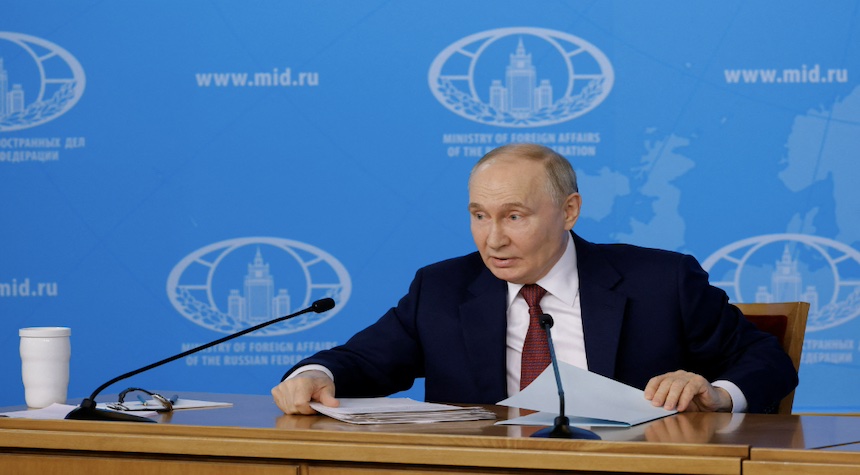The Kremlin, with Vladimir Putin at the helm, has planned a ceasefire from May 8-10 to coincide with the 80th anniversary of the Soviet Union’s victory over Nazi Germany in World War Two.
The idea that Putin’s ceasefire is an olive branch is absurd. It’s a three-day pause in hostilities, timed to a significant historical event, and it’s not even universally agreed upon. Ukrainian President Volodymyr Zelenskyy has, rightfully, been skeptical, stating he is only ready to sign up to a ceasefire that would last at least 30 days. Putin’s response? That needs a lot of work before it can become a reality.
What if Zelenskyy does not sign up to the three-day ceasefire? The Kremlin’s response, as articulated by spokesman Dmitry Peskov, is simply that Putin’s initiative is still ‘valid’ and ‘relevant instructions’ have been given to the military by the ‘supreme commander-in-chief’.

What this essentially means is that this ceasefire is effectively a one-sided affair. It’s more of a PR stunt for Putin, intended to coincide with his hosting of international leaders on Moscow’s Red Square, including Chinese President Xi Jinping.
The Kremlin posits that they will ‘of course’ respond if Ukrainian forces attempt to strike our positions or our facilities. This is a fundamental misunderstanding of what a ceasefire is. By definition, a ceasefire is a temporary stop to fighting, agreed upon by all parties involved. It’s not a unilateral declaration.
In conclusion, the left’s blind faith in Putin’s ceasefire promise is misplaced. This three-day ceasefire is little more than a symbolic gesture, with no real commitment to lasting peace.

